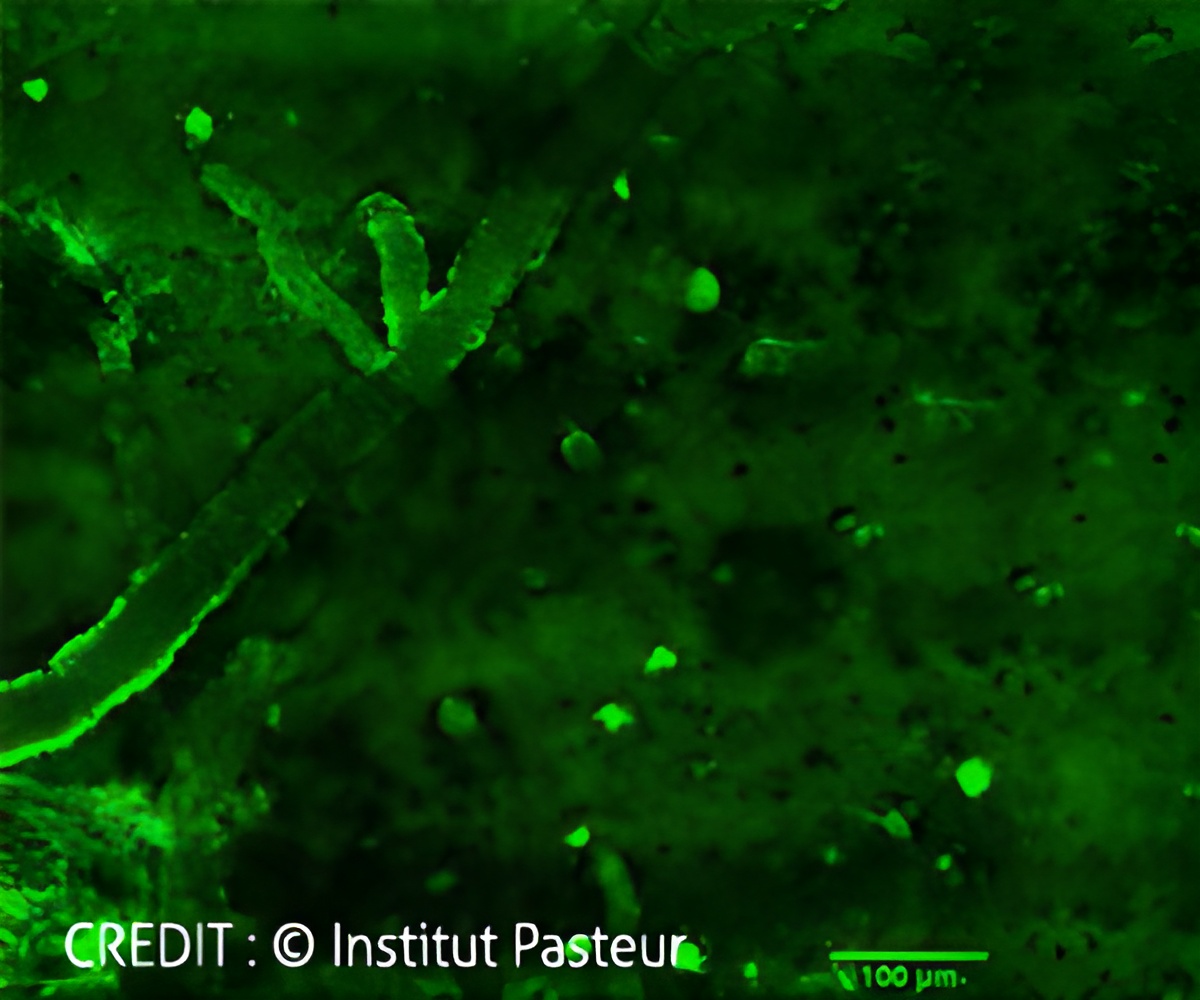Two types of llama antibody capable of crossing the blood-brain barrier has been identified which is a non-invasive approach to reach brain cells.

- Alzheimer's disease is characterized by two types of cerebral lesion: amyloid plaques and neurofibrillary tangles.
- It is difficult to detect and access the lesions during the early stages of the disease.
- The two small antibodies of llamas are easy to use and can specifically mark and show these lesions.
- The variable region of llama antibodies specifically recognize the markers of Alzheimer's by crossing the blood brain barrier.
TOP INSIGHT
The variable region of llama antibodies could be used in conjunction with therapeutic molecules for targeted treatments in neuro-degeenrative conditions.
Amyloid plaques and neurofibrillary tangles are the two types of cerebral lesions that characterize Alzheimer's disease.
Once in the brain, these llama antibodies can specifically mark and show these lesions.
Blood brain barrier generally protects the brain from microbial attacks but also prevents potential therapeutic molecules from reaching it.
Amyloid beta peptide , naturally present in the brain, builds up over the years as a result of genetic and environmental factors until it forms amyloid plaques.
The researchers developed two new types of antibody capable of detecting the extracellular and intracellular targets (respectively amyloid plaques and neurofibrillary tangles) that are characteristic of Alzheimer's disease.
They used the variable region of the llama antibody, known as VHH or nanobodiesTM, to specifically recognize the markers of Alzheimer's.
The research led to the development of anti-Amyloid beta peptides and anti-tau protein antibodies that specifically detect amyloid plaques and neurofibrillary tangles.
These antibodies were subsequently tested in vitro on the brain tissue of Alzheimer's patients.
The antibodies were then tested in vivo in two mouse models, each with one of the two characteristic lesions associated with Alzheimer's disease.
These antibodies, were injected intravenously and crossed the blood-brain barrier, binding to the two targets the scientists were aiming to identify: amyloid plaques and neurofibrillary tangles.
This made the signs of the disease visible in the brain using two-photon microscopy. "Being able to diagnose Alzheimer's at an early stage could enable us to test treatments before the emergence of symptoms, something we were previously unable to do," explained Pierre Lafaye.
These VHH antibodies could be used in combination with therapeutic molecules so that the molecules can be delivered in a targeted way to the brain.
These results were published in the Journal of Controlled Release in October 2016.
The study team was led by Pierre Lafaye, Head of the Antibody Engineering Platform in the Citech at the Institut Pasteur, in collaboration with the Chemistry of Biomolecules and Integrative Neurobiology of Cholinergic Systems Units from the Institut Pasteur and the CNRS.
In the long term this could be applied to humans.
Source-Medindia
 MEDINDIA
MEDINDIA




 Email
Email







